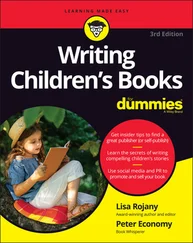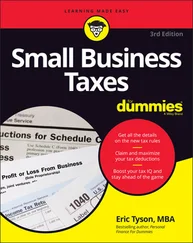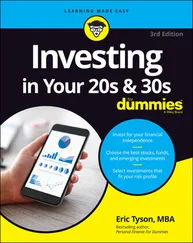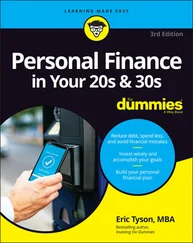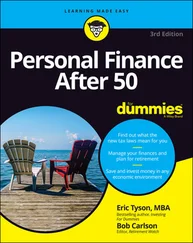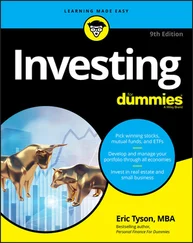1 ...8 9 10 12 13 14 ...25 Now, don't start telling your neighbors that “those mean authors” are telling you to not have kids — that's not it at all. Kids are wonderful. In fact, we were kids once, too. If you want to have kids, please do. The point is that as long as humans continue to rely on the linear economic system of take-make-waste, every additional person brought into the world will increase the amount of waste and carbon emissions generated. (See Figure 2-3.) A linear economy cannot scale with population.
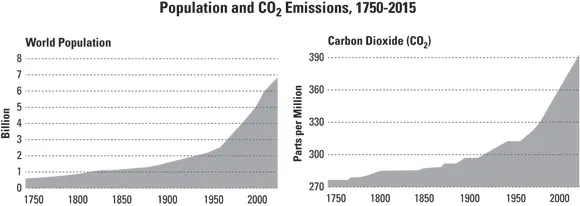
Source: The United Nations
FIGURE 2-3:If you compare population growth to carbon emissions, you see a direct correlation.
Despite all that bad news, another 225,000 new people joined us on Earth today. (That’s more than 150 people per minute!) Each of our new neighbors will only increase demand and strain on our linear economic system. Simply not having any more children isn’t really an option here, so we have to change the economic system from linear to circular.
We don’t have as much as we thought
In addition to having a finite number of planetary resources and a growing demand from an ever-increasing population, it turns out that what we thought was an endless supply isn’t endless at all.
Our global natural resources are depleting by 45 percent every year. The United Nations reports that soil degradation was proceeding so quickly that only 60 harvests might remain until food supplies severely decline. Our water supplies are constrained; most of the water is in the oceans or undrinkable, and another 2 percent is frozen in the polar ice caps, leaving only 1 percent left for people to drink as a freshwater supply. Unfortunately, 70 percent of that supply is polluted.
Look at the planet’s dwindling resources:
Water: By 2025, 1.8 billion people won’t have access to clean drinking water.
Coal: Though the planet has a large enough supply of coal reserves to last until the year 2200, if we burn that supply, it will release so much in carbon emissions that it will radically transform the climate. In the next decade, scientists expect that the earth will hit peak coal — or the point at which coal production reaches its maximum rate and drops every year afterward.
Oil: The earth hit peak oil back around 2003 or so, and scientists estimate that we have only enough oil in the ground to last another 45 years (at the current level of demand).
Natural gas: Known reserves will last only until 2075 or so, and supplies of new gas sources are growing scarce.
Wood: Deforestation causes around 8.2 million acres to be lost every year, contributing 15 percent of global greenhouse gas emissions. (Trees absorb carbon dioxide, in case you forgot.) An area of forest the size of Italy disappeared in 2020.
The pressures on our natural resources, combined with population growth, are driving the need to change our linear economic models.
It all revolves around oil
The linear economy has always depended on cheap energy to power it. It has lasted this long only because energy was, until recently, still relatively inexpensive and abundant.
 The postwar boom in the United States in the 1940s stemmed from US dominance over the world’s energy supply. Cheap energy powered the country’s growth, its economy, and its innovations.
The postwar boom in the United States in the 1940s stemmed from US dominance over the world’s energy supply. Cheap energy powered the country’s growth, its economy, and its innovations.
This cheap energy also drove the mindset that our stuff needs to be made cheaper and cheaper. We made everything so cheap, in fact, that it was easier to just throw something away and buy a new one. Cheap energy devalued everything else, bringing in cheap materials, cheap labor, and cheap credit to buy it all with.
Unfortunately, the extraction and use of fossil fuels is the largest contributor to greenhouse gas emissions and the climate crisis facing humans today.
The oil age is over. Because it’s no longer cheap or abundant, the cracks are starting to appear in the façade. The famous English economist John Maynard Keynes famously said, “If the facts change, I change my mind; what do you do, sir?”
The fact is that fossil-fuel-based energy is expensive and destructive to the climate. As our dependence on fossil fuels must change, so too must our linear economic model change.
We’re Making the Wrong Stuff
The linear economic model of take-make-waste isn’t flawed only in the resources we’re taking; what we’re making is also out of step with reality.
Every year, humans produce 300 tons of new plastic, most of which ends up in landfills or oceans. If you look around your home, you quickly discover how many items are made of plastic. If you take a peek into your trash and recycling bins, you might also notice how much of that is plastic as well.
Companies use plastic because it’s durable, flexible, colorful, and washable, but more importantly, because it’s cheap. The raw materials for plastic are easily available, and you can mold it into any shape you want. That’s why we humans use so much of it.
Relying on plastic for so much of what’s produced isn’t the only issue with the stuff we make. There are several common problems with all the stuff we produce:
Poor materials: The product uses cheap materials that pollute during the production process.
Lack of durability: The products are designed to break, forcing customers to buy new ones after a short time.
Energy intensive: The products require massive amounts of energy to produce, which results in the release of carbon emissions.
Produces waste: Every ton that’s produced creates many times that amount of waste.
Doesn’t reflect the product's true cost: The cost to operate or maintain the product is paid later on by the consumer.
Doesn’t reflect the product's true impact: The damage to the environment isn’t paid for or cleaned up by anyone.
Not upgradable: The product can’t be upgraded after parts are outdated.
Not repairable: The product isn’t designed to be repaired.
Not recyclable: The product mixes materials that makes recycling them difficult or impossible.
Doesn’t disassemble: The product cannot be taken apart to make recycling or repair easier.
Not as useful as possible: The product has a single, limited, or short-term use that isn’t as useful as it could be.
Not local: The product is produced from materials sourced from faraway or that must be shipped long distances to reach the hands of customers.
 Most of the products people buy feature some (or even all) of these shortcomings. These issues only perpetuate the linear economic model. What’s needed is a rethinking and redesign of all our materials and products to fix these problems and allow us to bend those linear pathways to become circular.
Most of the products people buy feature some (or even all) of these shortcomings. These issues only perpetuate the linear economic model. What’s needed is a rethinking and redesign of all our materials and products to fix these problems and allow us to bend those linear pathways to become circular.
Because the linear economy depends on the excessive consumption of take-make-waste, it means that everything people buy is expected to end up in the landfill at some point. If everything is designed to end up in the landfill, then everything we buy is really just trash in an earlier form.
 Finding ways to extend the useful life of a product delays this outcome. Finding ways to ensure that a material will get recycled or reused at the end of its life is even better.
Finding ways to extend the useful life of a product delays this outcome. Finding ways to ensure that a material will get recycled or reused at the end of its life is even better.
Читать дальше
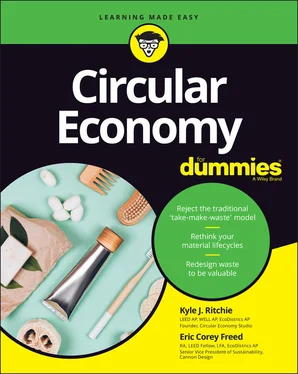

 The postwar boom in the United States in the 1940s stemmed from US dominance over the world’s energy supply. Cheap energy powered the country’s growth, its economy, and its innovations.
The postwar boom in the United States in the 1940s stemmed from US dominance over the world’s energy supply. Cheap energy powered the country’s growth, its economy, and its innovations. Finding ways to extend the useful life of a product delays this outcome. Finding ways to ensure that a material will get recycled or reused at the end of its life is even better.
Finding ways to extend the useful life of a product delays this outcome. Finding ways to ensure that a material will get recycled or reused at the end of its life is even better.
